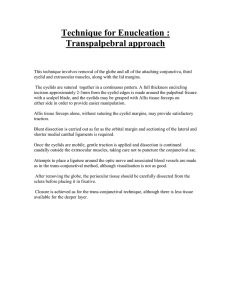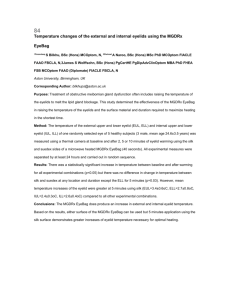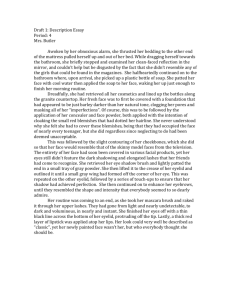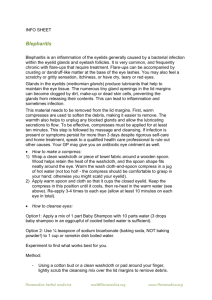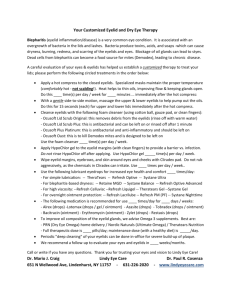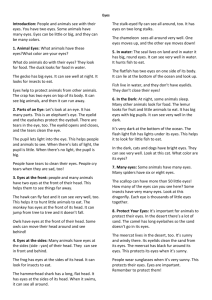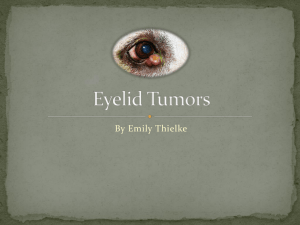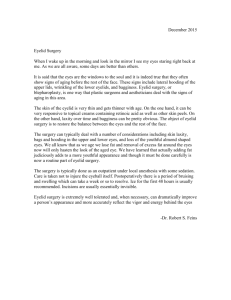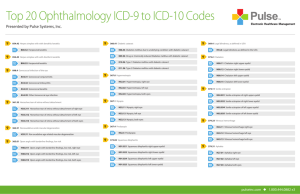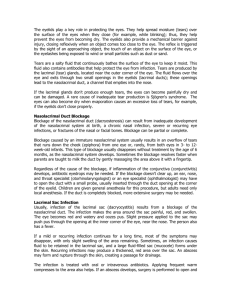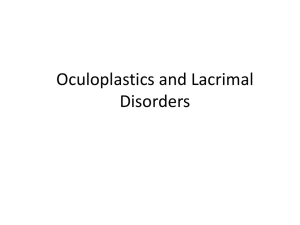Blepharitis Meibomitis - Wadsworth Eye Clinic, Inc.
advertisement
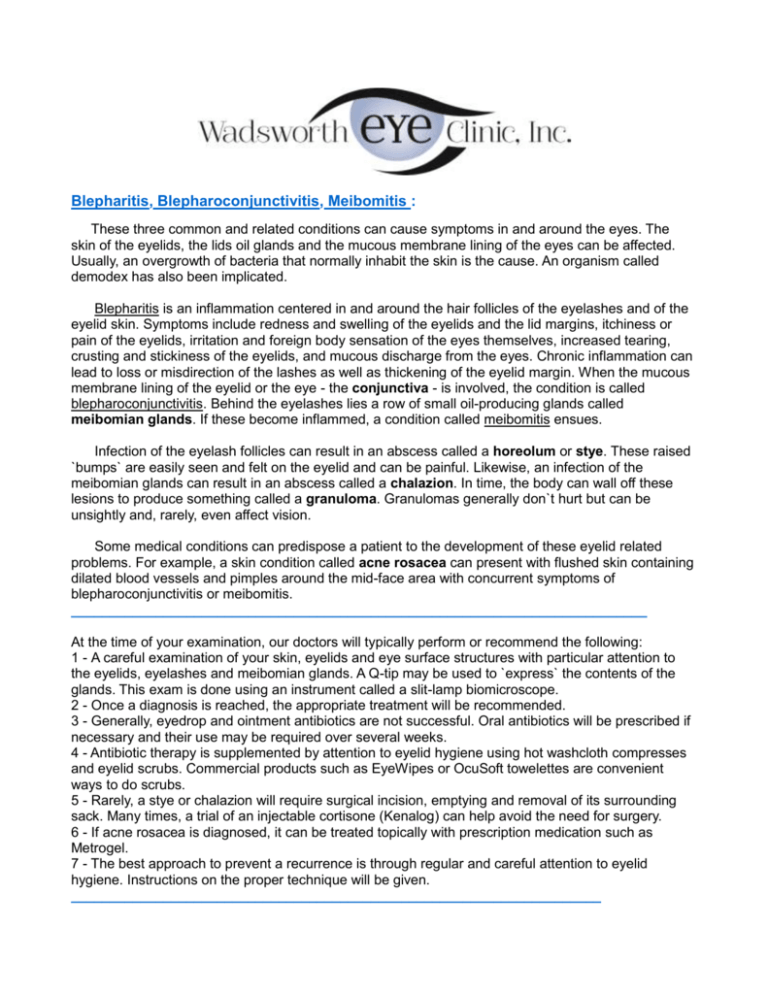
Blepharitis, Blepharoconjunctivitis, Meibomitis : These three common and related conditions can cause symptoms in and around the eyes. The skin of the eyelids, the lids oil glands and the mucous membrane lining of the eyes can be affected. Usually, an overgrowth of bacteria that normally inhabit the skin is the cause. An organism called demodex has also been implicated. Blepharitis is an inflammation centered in and around the hair follicles of the eyelashes and of the eyelid skin. Symptoms include redness and swelling of the eyelids and the lid margins, itchiness or pain of the eyelids, irritation and foreign body sensation of the eyes themselves, increased tearing, crusting and stickiness of the eyelids, and mucous discharge from the eyes. Chronic inflammation can lead to loss or misdirection of the lashes as well as thickening of the eyelid margin. When the mucous membrane lining of the eyelid or the eye - the conjunctiva - is involved, the condition is called blepharoconjunctivitis. Behind the eyelashes lies a row of small oil-producing glands called meibomian glands. If these become inflammed, a condition called meibomitis ensues. Infection of the eyelash follicles can result in an abscess called a horeolum or stye. These raised `bumps` are easily seen and felt on the eyelid and can be painful. Likewise, an infection of the meibomian glands can result in an abscess called a chalazion. In time, the body can wall off these lesions to produce something called a granuloma. Granulomas generally don`t hurt but can be unsightly and, rarely, even affect vision. Some medical conditions can predispose a patient to the development of these eyelid related problems. For example, a skin condition called acne rosacea can present with flushed skin containing dilated blood vessels and pimples around the mid-face area with concurrent symptoms of blepharoconjunctivitis or meibomitis. ___________________________________________________________________________ At the time of your examination, our doctors will typically perform or recommend the following: 1 - A careful examination of your skin, eyelids and eye surface structures with particular attention to the eyelids, eyelashes and meibomian glands. A Q-tip may be used to `express` the contents of the glands. This exam is done using an instrument called a slit-lamp biomicroscope. 2 - Once a diagnosis is reached, the appropriate treatment will be recommended. 3 - Generally, eyedrop and ointment antibiotics are not successful. Oral antibiotics will be prescribed if necessary and their use may be required over several weeks. 4 - Antibiotic therapy is supplemented by attention to eyelid hygiene using hot washcloth compresses and eyelid scrubs. Commercial products such as EyeWipes or OcuSoft towelettes are convenient ways to do scrubs. 5 - Rarely, a stye or chalazion will require surgical incision, emptying and removal of its surrounding sack. Many times, a trial of an injectable cortisone (Kenalog) can help avoid the need for surgery. 6 - If acne rosacea is diagnosed, it can be treated topically with prescription medication such as Metrogel. 7 - The best approach to prevent a recurrence is through regular and careful attention to eyelid hygiene. Instructions on the proper technique will be given. _____________________________________________________________________
